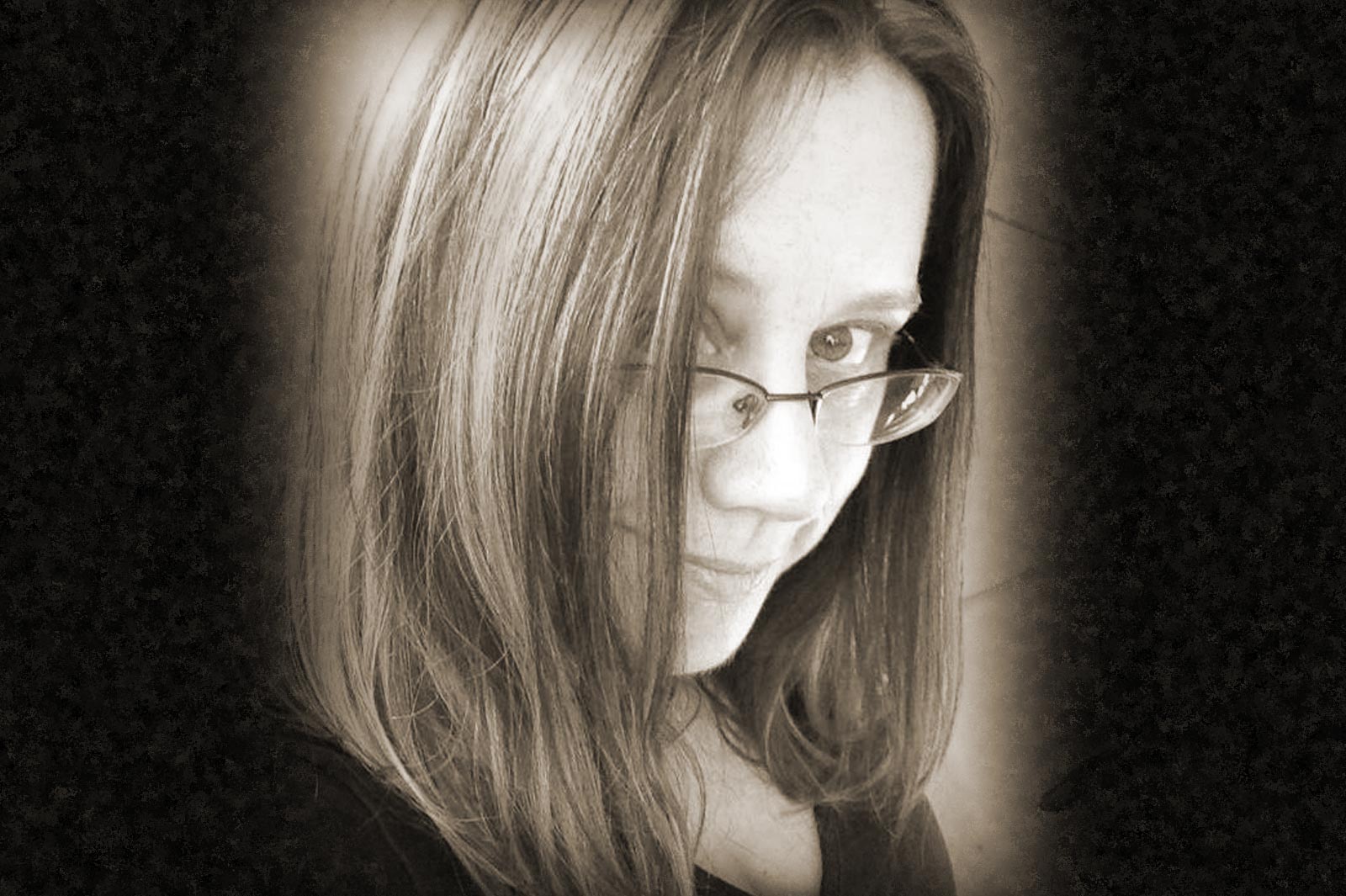“Authentic characters are part of a continuum. They existed before the story and they will exist after it (if they survive. If not, the consequences of their actions will continue).”
Download the Character Background Worksheet
For many writers, character development is the cornerstone of their storytelling process. Plot is merely a set of choices made by the characters of the tale (“I need the Ring of Awesomeness”), conflict is generated when those choices become mutually exclusive (“You can’t have the Ring of Awesomeness, because I want it”), and the coveted protagonist and antagonist positions are determined by the ethics and morals of those choices (“I need the Ring of Awesomeness to save my dog”).
Nearly every scene is defined and driven by the characters. Creating authentic well-supported characters (heroes AND villains) can make for a great story. The character development process takes place in as many ways as there are writers, but if you step back far enough, there are generally two schools of thought:
Fit the character to the plot or “I know the story I want to tell, I just need a character to make it happen.”
Fit the plot to the character or “I love this character, I just need a story to feature him/her in.”
Regardless of your approach vector, having a clear understanding of your characters will help make the writing process flow more gracefully and your enrich your stories.
An Argument for Backstory
Authentic characters are part of a continuum. They existed before the story and they will exist after it (if they survive. If not, the consequences of their actions will continue). The tale itself is hopefully the most interesting part of that timeline, but in order for that sense of continuity to exist the writer needs to know what went on before chapter one.
In addition, the passions and desires that drive a strong character are grounded in their past. The skills and knowledge – not to mention moral and ethical standards – are all derived from experiences that happened before the story began. There’s a vast gulf between a character who learned how to wield a sword from a wise blademaster and one who learned to survive on some merciless city street.
Familiarity Breeds Confidence
By giving some attention to a character’s past, you acquire an intimate clarity with his or her foundations. That intimacy allows you to not only anticipate how the character will react to an event, but also understand why they react that way. The confidence this familiarity instills can be a heady rush as subtext and inner dialog become second-nature… the backstory becomes a roadmap to scripting your character’s moods and responses.
Expanding Your Human Palette
Dan Sawyer observed (during his Roundtable Podcast Showcase) that “we all carry around … archetypes in our heads” derived from our experiences in life as well as books, television, and music. These archetypes define our understanding of human interaction, but they can also limit our ability to create authentic characters. Preconceptions can easily become clichés, flattening a character into cardboard and preventing readers from taking them seriously.
Drafting a detailed backstory allows the writer to examine those foundational choices and identify the elements that ring false or hollow. If you want your hero to have a strong desire to defend the weak, the easy choice is to have the hero’s sister killed by bandits. While you can make this work, it’s a little cliché. Writing out the backstory allows you to identify the potential flatness and give it some depth. Maybe the hero’s sister loved a man who got into trouble. The hero tried to help and failed, resulting in the lover’s death and his sister’s despair. This is a much richer choice that may have been overlooked without considering the formative events of the hero’s life.
Discovering Hidden Gold
One of the wonderful side-effects of developing a backstory are the unexpected discoveries you make along the way. Identifying a pivotal event in a character’s past often invokes a curiosity regarding the circumstances that created it. Following these root causes can lead to discoveries the writer had never considered, infusing the excitement of discovery into the growing familiarity.
In the example above, several questions immediately come to mind: What was the trouble the sister’s lover got into? How did the hero try to help? Why did he take such an active role rather than just consoling her? As these questions begin bouncing around, the powerful “What If…” impulse is bound to follow. What if the hero was actually the cause of the trouble? Or maybe the sister and her lover were trying to manipulate the hero and things went badly. OOO! Maybe the hero found out and killed the lover but has been keeping the secret so his sister would never know!
Falling Down the Rabbit Hole
These explorations are always intriguing and exciting, but eventually the possibilities and “what ifs…” need to be distilled into a single, cohesive backstory. As you emerge from the creative froth you’ve kicked up, look at the results and consider the story you’re preparing to tell. Which events support that story and which ones don’t (or even subvert it)? Pick the moments that give your characters A) the skills and talents necessary to accomplish what they must, B) the moral and ethical goads to ensure active choices that will drive the plot forward, C) an emotional framework that will be tested – even shattered – by the events of the story.
Character Background Worksheet
Feel free to download the Character Background Worksheet to help stimulate some creative exploration and maybe raise some questions you hadn’t considered regarding your characters. We offer it up with the understanding that there are as many paths to a destination as there are explorers to walk them. Every writer has their own style and process and we offer this in the spirit of exploration of that process.
Enjoy!





DAVE!
Okay, at risk of turning this into a back and forth between us that could easily be done over email or skype, fabulous job on this, brother!
I am currently working on a unit with my Creative Writing students that deals in character and plot development as one relates to the other. My students take a fairytale, in its original form that comes out much like a synopsis which is laden with plot points and missing character development. They then must generate a deep and relatable character out of the nothingness archetype that has presented to them. The background and detailed fears and desires of the character will then be used to drive the plot which they will alter according what the newly imagined character’s true influences dictate.
I’m using your worksheet in my class. That’s my point. Awesome job!
Thanks, Bri. You know me… I’m ALL about the character. We used these with the writing teams for the Rabbit and it really seemed help add some depth and clarity to those scripts (that, and the fact that we had an awesome writing team).
It means a lot that you think enough of the worksheet to use it in your class. Do me a favor and post a follow-up comment and let us know how it went (AND if the worksheet needs any modifications).